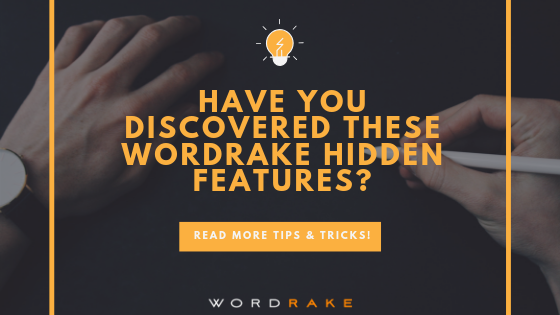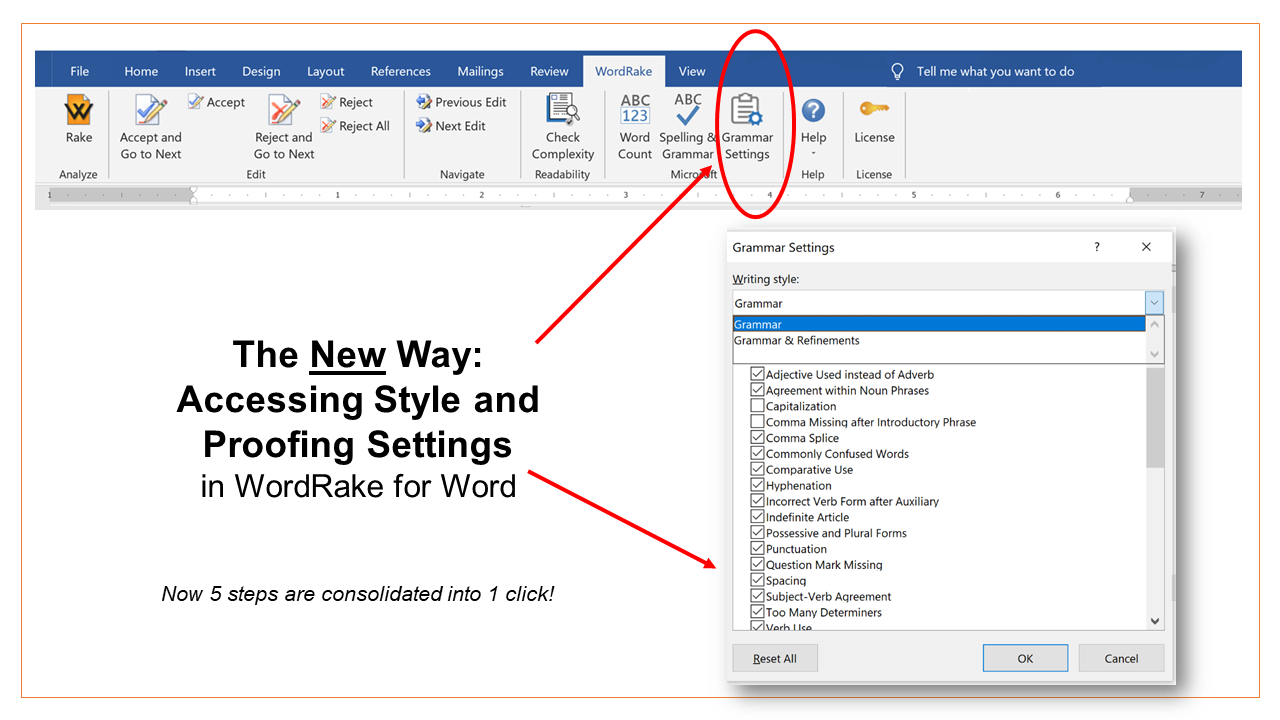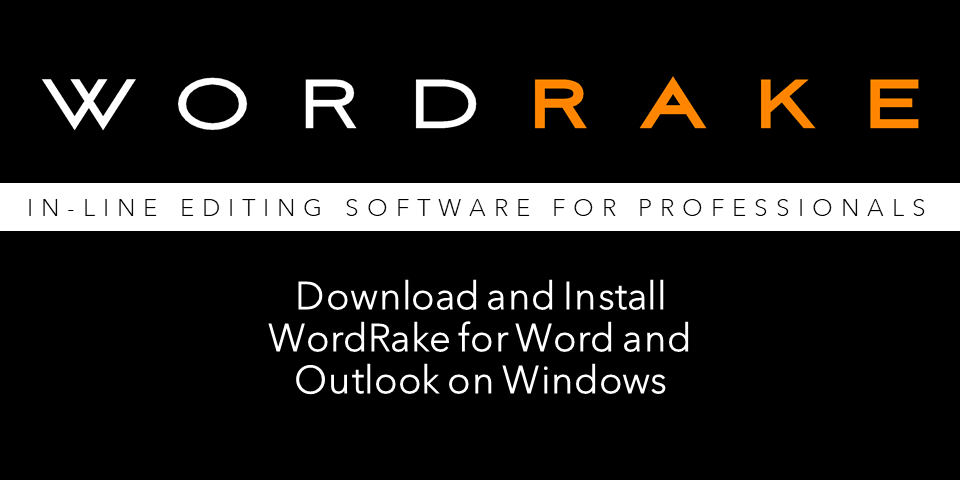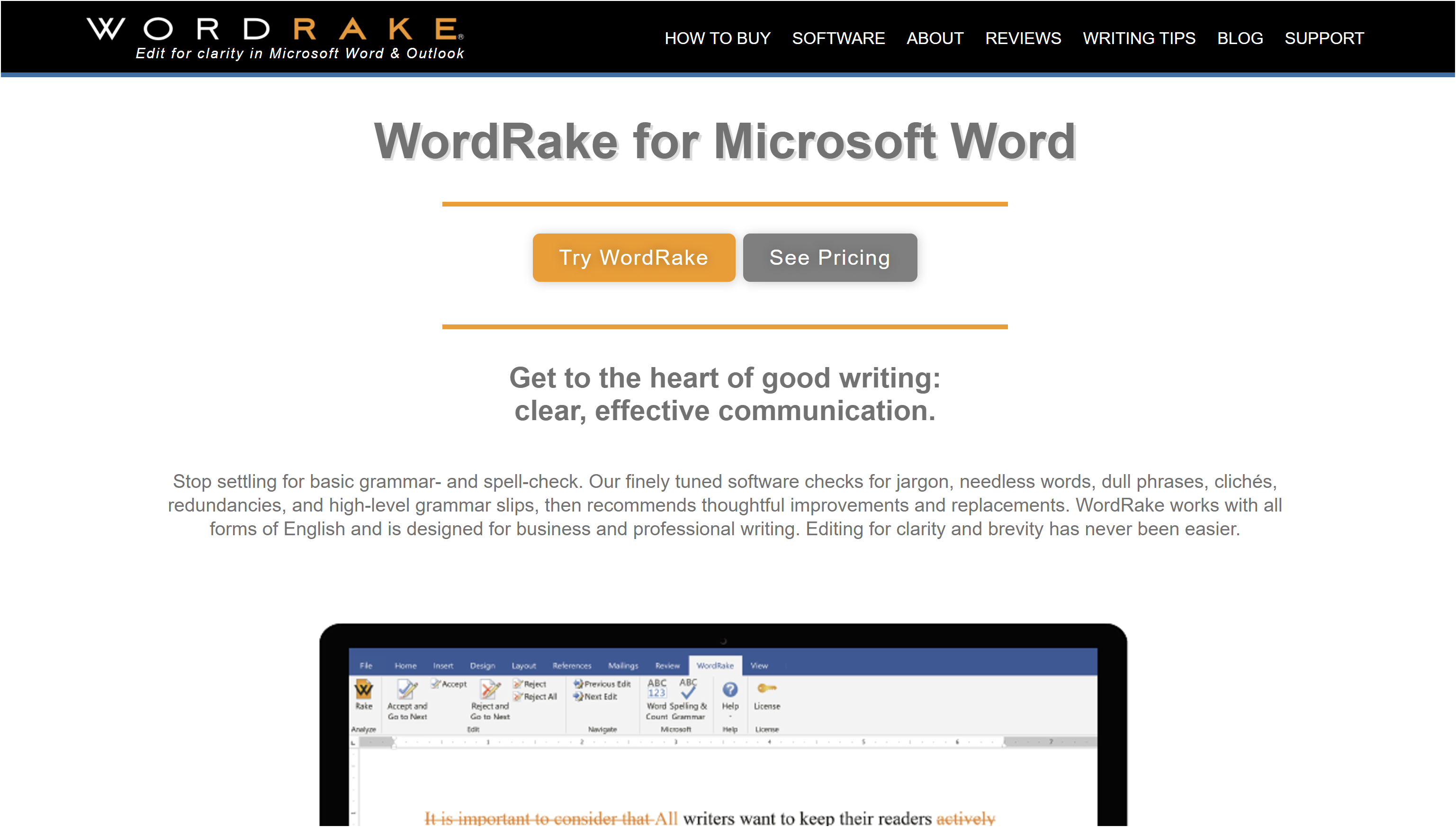


It is free and open for review, available at: The content is offered in three ways: an interactive website a downloadable PDF and eight individual modules that can be used to build stand-alone units for training and education. The approach gives legal professionals specific, yet flexible guidance. The guide is based on modular structure for document drafting divided into eight stages: confidentiality and document re-use planning, structure, and organization research, support, analysis, and argument creating content and delivering information collaborating with reviewers and authors reviewing, editing, and proofreading finalization and on-screen review.

Through this project, the team aims to move document drafting out of the untouchable realm of bespoke work to the world of knowable, predictable, repeatable work that lawyers can evaluate and improve. The best practices guide establishes a common starting point for improving the document-creation process and provides a framework for effective, efficient document drafting that an array of stakeholders can use in their existing document-creation workflows. I believe this project will help.” LTC4 already has application-agnostic learning plans to encourage efficiency, so the focus on effectiveness provides the ideal complement to LTC4’s offerings.

Legal service providers who efficiently use Microsoft Word and embrace its power will consistently and predictably create better documents. “Expectations for document creation are evolving. “We hoped to create a guide that would prompt people to think critically about every aspect of the document- creation process and improve it,” said Sherry Kappel, Effectiveness Project Team Member, and Evangelist at Litera. “By creating specific guidelines and focusing on a part of legal practice that everyone does, we can provide support for the technology competence mandate to have an impact.” Grey, Effectiveness Project Team Co-Lead and Vice President of Strategy and Business Development at WordRake Holdings LLC. “I was inspired to launch this project because I care deeply about the duty of technology competence and improving legal practice through simple, everyday technology like Microsoft Word,” said Ivy B. Available as a free download from the LTC4 website the guide is the work of an international working group of legal professionals- with support from LTC4-collaborating to establish best practices and baseline skills for creating effective legal documents. The recently released best practices guide Document Competency: What Every Legal Professional Should Know for Effective & Efficient Drafting in Word has been developed to shift the conversation from mere efficiency to effectiveness.


 0 kommentar(er)
0 kommentar(er)
